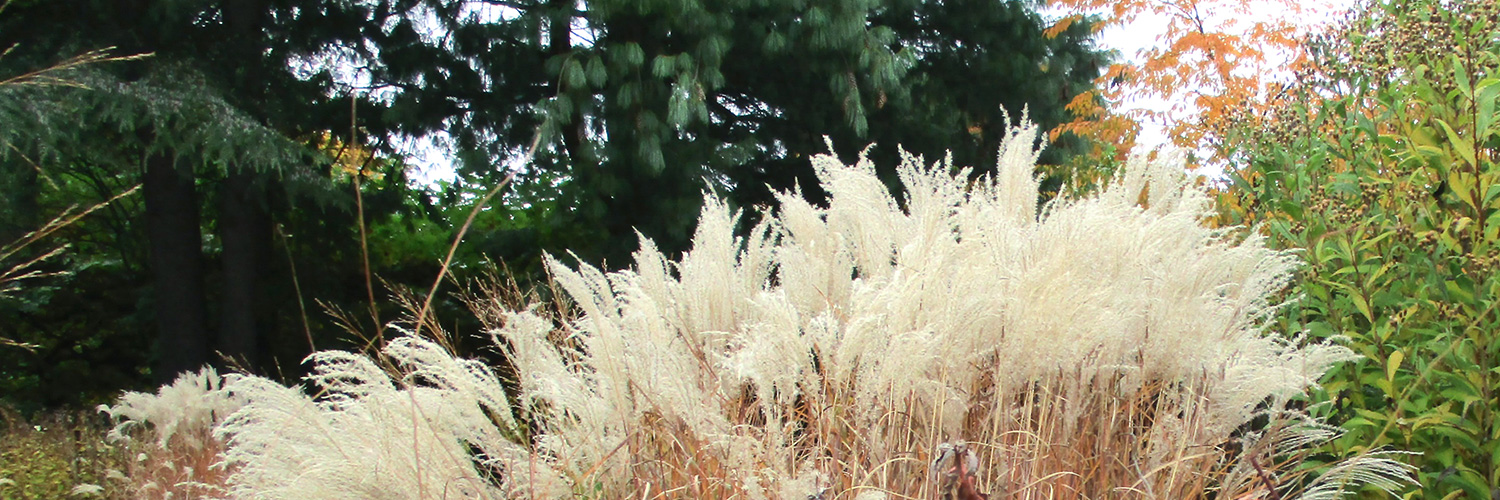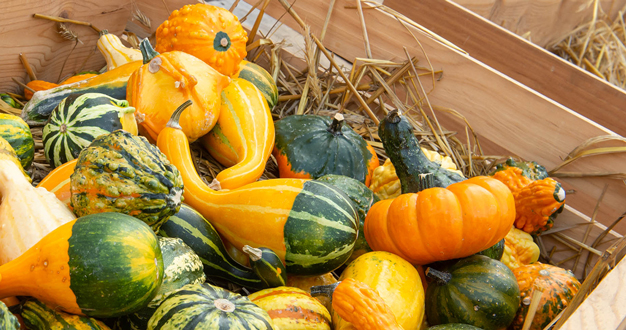
Fall is here, and the growing season is drawing to a close. But your lawn and landscape still need your help to prepare for winter and get ready for another productive spring. Here, we share a few fall projects that will help you enjoy spending time in your garden through the gorgeous month of October.
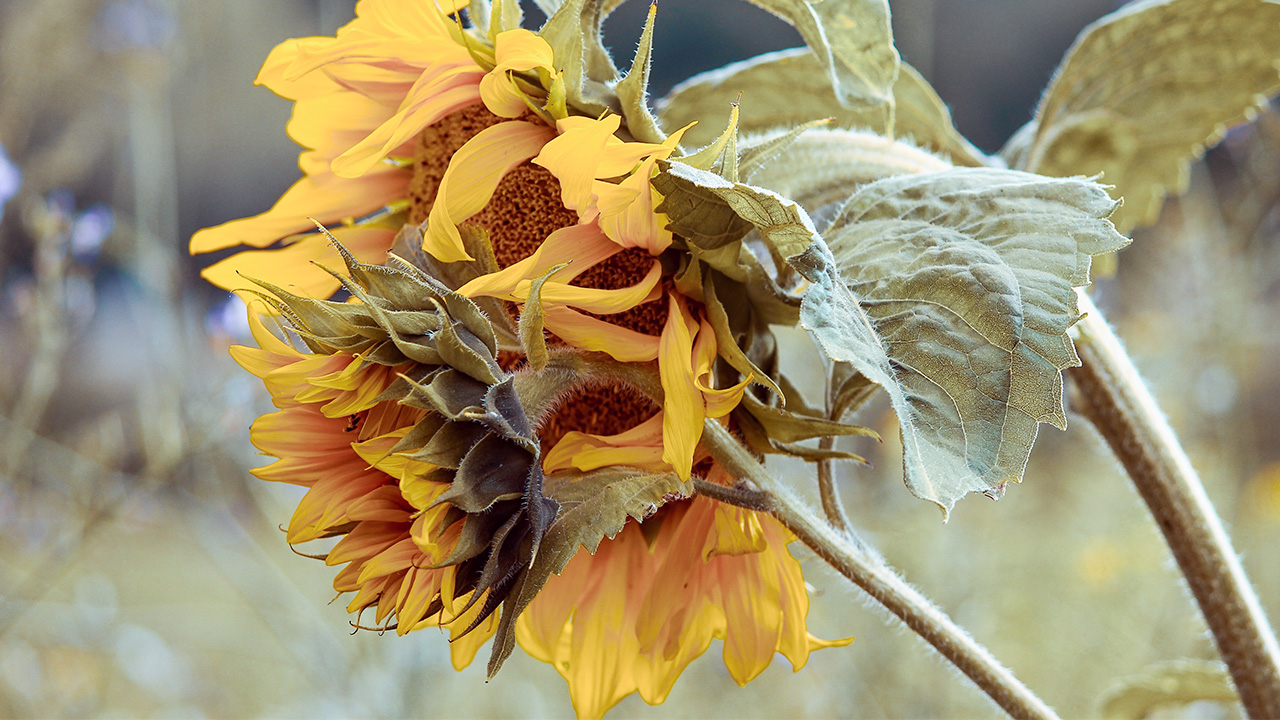
Take Time to Reflect
You may think you’ll remember everything about your beautiful landscape this year, but time has a way of fading important details. So, before you cut back or remove anything, take some time to reflect on this year’s experiences. Did you plant enough tomatoes? Were the hostas getting too much sun? Was there a week or two in July when nothing was blooming? While the memories are fresh, jot down what you liked, what you’d like to replace, or maybe the things you’d like to relocate. If you took photos throughout the season, now is a great time to review those too and see where you might add more color, height, or texture for next year. With a detailed set of notes and photos, you’ll be well-equipped to plant what you can now or start planning for next spring.
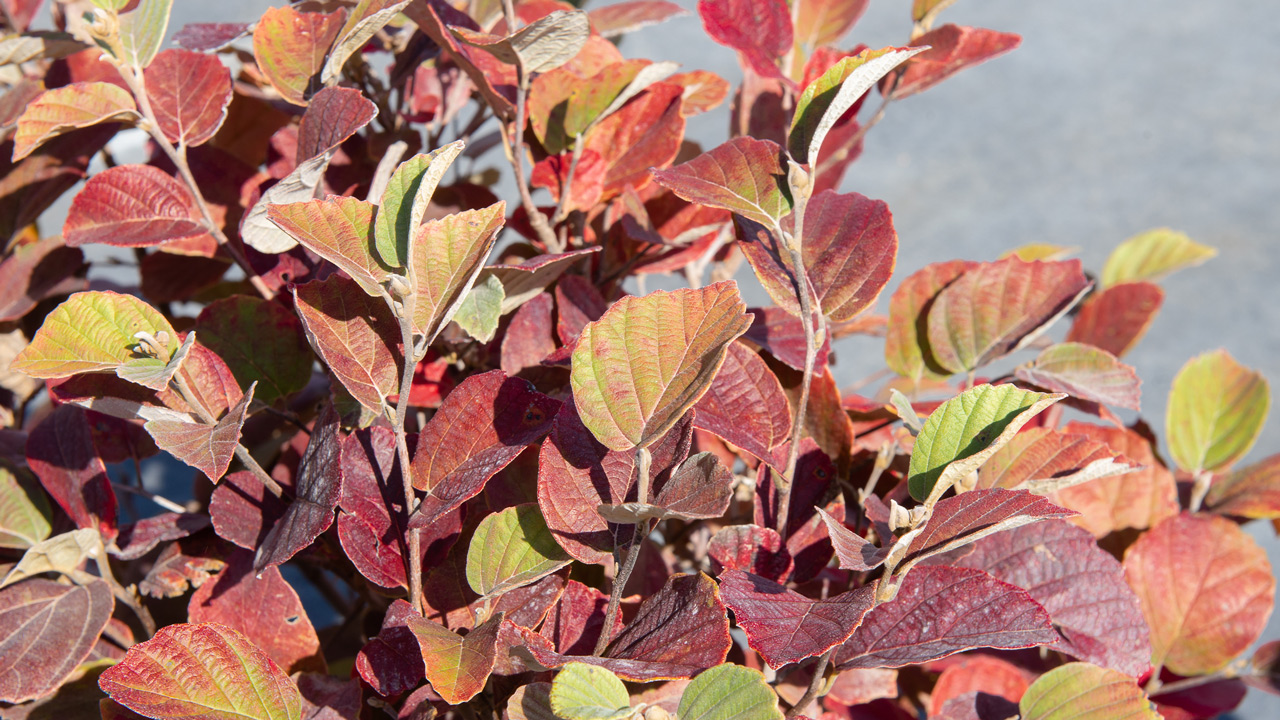
Take Advantage of the Fall Planting Season
This is a great time of year to make additions to your landscape – some may even argue that fall is the best time to plant new trees, shrubs, and perennials. That’s because the weather, soil, and biology of the plant are all geared to encourage a strong head start for fall-planted landscapes – an advantage they carry into the spring and beyond.
You can go ahead and plant garlic bulbs now, but for spring-blooming bulbs like tulips, daffodils, and allium, wait until soil temperatures cool a little more – usually around the end of October. While you’re planting bulbs, it’s a good idea to apply an organic fertilizer like bone meal or Bulb Tone to help the bulbs establish a good root system.
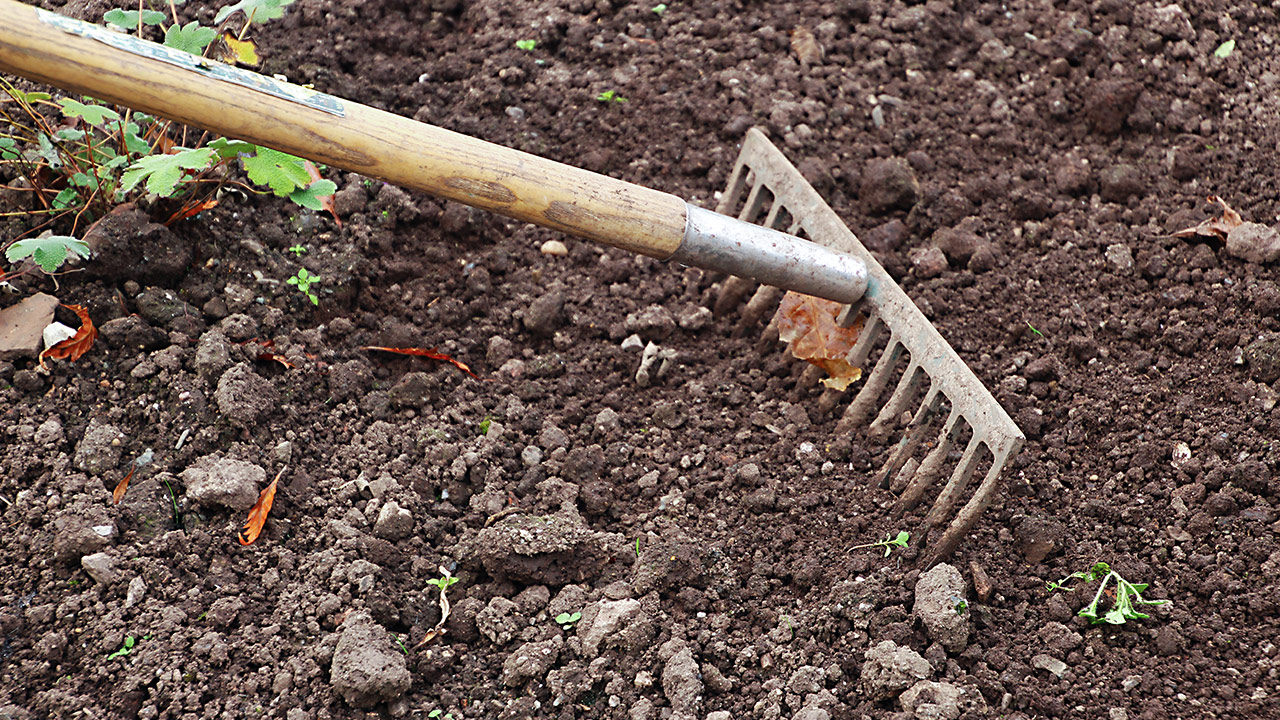
Put the Veggie Garden to Bed
In an edible garden bed, good sanitation and healthy soil are critical for ensuring another productive season next year. After the last bean is picked and the cucumbers are done, start the cleanup by pulling out and discarding any spent plant material, including fallen debris in the bed. Leftover vegetable stems and leaves can provide places for bacteria, fungi, and other disease-causing agents to overwinter. To be safe, you might even consider passing by the compost pile and taking all veggie garden material straight to the yard waste container. If you have perennial vegetables like asparagus or rhubarb, wait until the first frost, then cut them back to about 4-6 inches in height. Waiting until frost gives these plants time to redirect valuable carbohydrates down to the root system where they’re stored as energy for next spring’s growth.
After everything’s cleaned up, consider top dressing your garden soil with amendments like compost, soil activator, or soil sulfur. These additions take time to break down into the soil, so applying them now gives them time to begin improving the structure and pH of your soil before planting time comes again. We don’t recommend tilling at this point though. A rough raking that incorporates the amendments into the top layer of soil – without damaging the soil structure – is all that’s necessary. Even if you choose not to add amendments, it’s a good idea to rake over your garden now to expose any insects – like squash vine borer pupae – that may be trying to overwinter just under the soil surface.
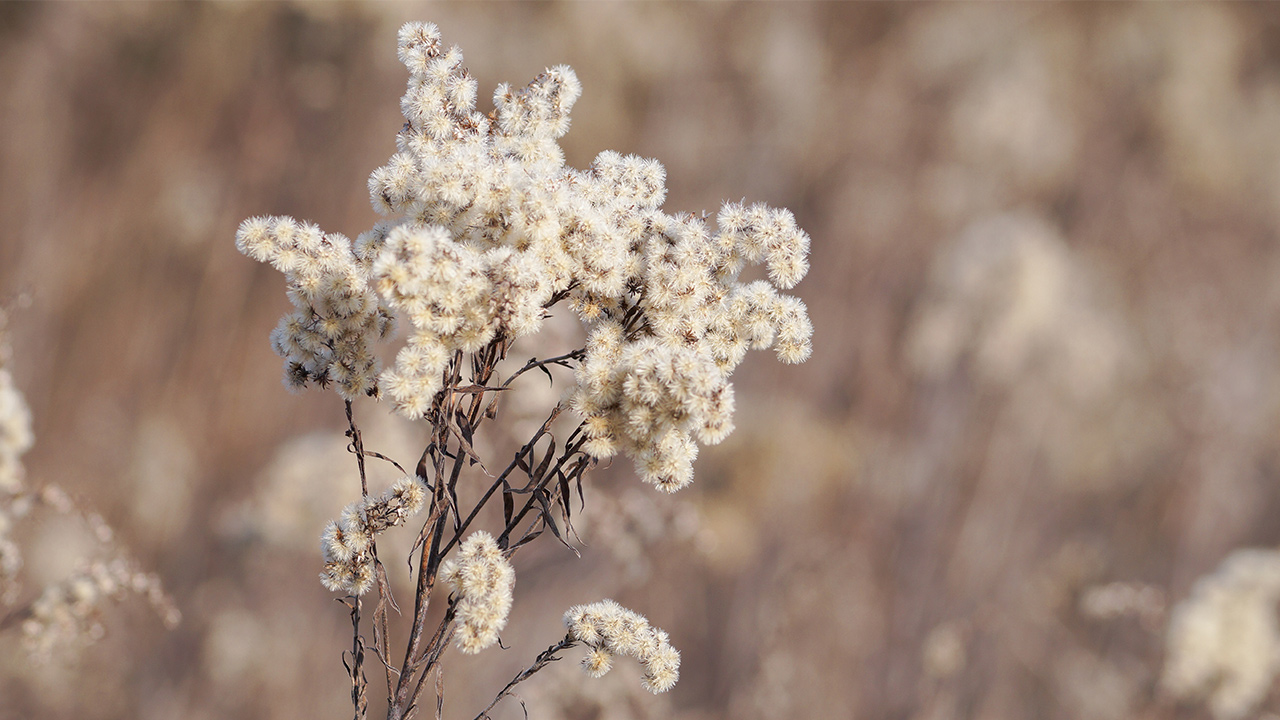
Adopt a Mindful Approach to Landscape Cleanup
For a healthy veggie garden, a complete cleanup is a must – but your ornamental landscape may require a more thoughtful approach. As homeowners, we need to balance our desire for a perfectly tidy landscape with other goals we may have – like supporting backyard birds, pollinators, and other wildlife that use our landscape in the winter. After the first frost, go ahead and clean-up any dropped perennial foliage and limp stems you find, especially if you had disease issues like powdery mildew on certain plants this season – fungal spores can overwinter on old vegetation. But, consider leaving the standing stems and seed heads from perennials like coneflower, black-eyed Susan, tall phlox, and bee balm. Their hollow stems provide winter homes for many of our native bees. The dormant plants also provide shelter for spiders and insects that birds eat in the winter. Standing ornamental grasses are also valuable as a seed source, as shelter for rabbits, and as winter interest for us too.
Another thing you can do in the fall is give a light trim to shrub roses and other shrubs that don’t bloom right away in the spring. Wait until the first frost though to avoid encouraging new growth too late in the season. When cutting back perennials like hostas, leave 4 – 6 inches of growth above the soil – even more for more tender varieties like butterfly bushes. This extra above-ground material helps these plants survive cold winter weather. You can also apply a root stimulator to newly-planted shrubs and perennials, but leave high-nitrogen fertilizers on the shelf for now. They encourage new top growth, and now is the time for our landscape plants to focus on building their root systems before winter.

Pamper Your Lawn
As temperatures drop, your lawn will appreciate some extra attention too. Now is the time to apply winterizer – a specially-formulated lawn fertilizer that helps your grass store energy for winter survival and for quick green-up in the spring. If you’re a regular user of this product, you should be aware of some slight changes to the recommended timing for its application. Greenhouse team member Bob Ewing says the most current research out of the University of Nebraska supports applying winterizer in mid-October – as opposed to after Halloween, as was previously thought. Plus, researchers have adjusted the formulation that works best for lawns in our area – the winterizer we carry contains the newly recommended concentrations of nitrogen, phosphorus, and potassium.
Fall is also a great time to control perennial lawn weeds like dandelions, ground ivies, and violets. As perennial weeds get ready to rest for the winter, they draw down carbohydrates for storage into their root systems – along with any granular or liquid weed control we apply now.
And with the fall comes fallen tree leaves on your lawn. Although colorful, a heavy layer of leaves can smother your grass and encourage fungal diseases, so it’s best not to let them accumulate. A mulching mower chops up tree leaves into tiny pieces that settle between the grass blades and provide nutrients for your lawn. Or if you choose to rake them up instead, you can use the leaves as mulch around your landscape plants or as a natural and nutritious ground cover for your vegetable bed.
Prepare Now for Another Beautiful Spring
Fall gardening is a perfect way to enjoy the gorgeous autumn weather and get our lawns, gardens, and landscapes ready for another productive and beautiful growing season. If you have questions about specific plants or projects, just ask. We love helping you make the most out of your fall gardening projects.

